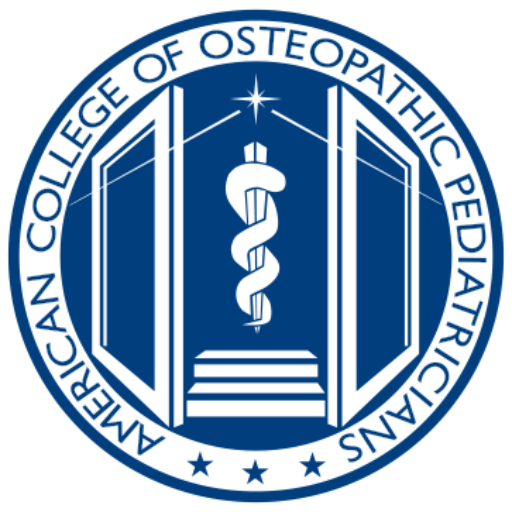You are a pediatric resident rotating in your regional Neonatal Intensive Care Unit (NICU). You are assigned to care for 1-day-old infant born at 26 weeks estimated gestational age (EGA). As you approach the incubator you ask if you can open the top for several minutes to do an exam, and are quickly directed to the side portholes by the friendly bedside nurse. What mechanism of heat loss was the nurse MOST attempting to prevent by this action?
EXPLANATION
While this infant is at risk of heat loss from all of these mechanisms of heat loss, the keys to answering this question are to acknowledge that this is a 1 day-old former 26 week EGA infant and the question asks which is the most consequential mechanism of heat loss in this setting.
In this setting the most important mechanism of heat loss to prevent is evaporative heat loss. Extremely premature infants are at highest risk of significant evaporative heat loss due to several risk factors including thin and poorly keratinized skin that acts as a poor barrier this improves over the first week of life as the infant’s skin begins to keratinize, but in the early stages, evaporative heat loss in an unprotected preterm or very low birthweight infant can be as high as 15 times the amount a full term infant would lose per kilogram of body weight. This can lead to hypothermia, extreme weight loss and significant electrolytes abnormalities from dehydration.
One protective measure taken to protect infants from this is the use of double-walled, and humidified incubators early in the infant’s life. In this case the use of humidity, usually between 60-80% is essential to keep the environment within the incubator less conducive to evaporative losses as the infant’s skin matures. During this period it is important to limit the infant’s exposure to open air (e.g raising the top of the incubator) to ensure the humidity stays at the set level.
REFERENCE:
Steven A. Ringer; Core Concepts: Thermoregulation in the Newborn Part I: Basic Mechanisms. Neoreviews April 2013; 14 (4): e161–e167. https://doi.org/10.1542/neo.14-4-e161
